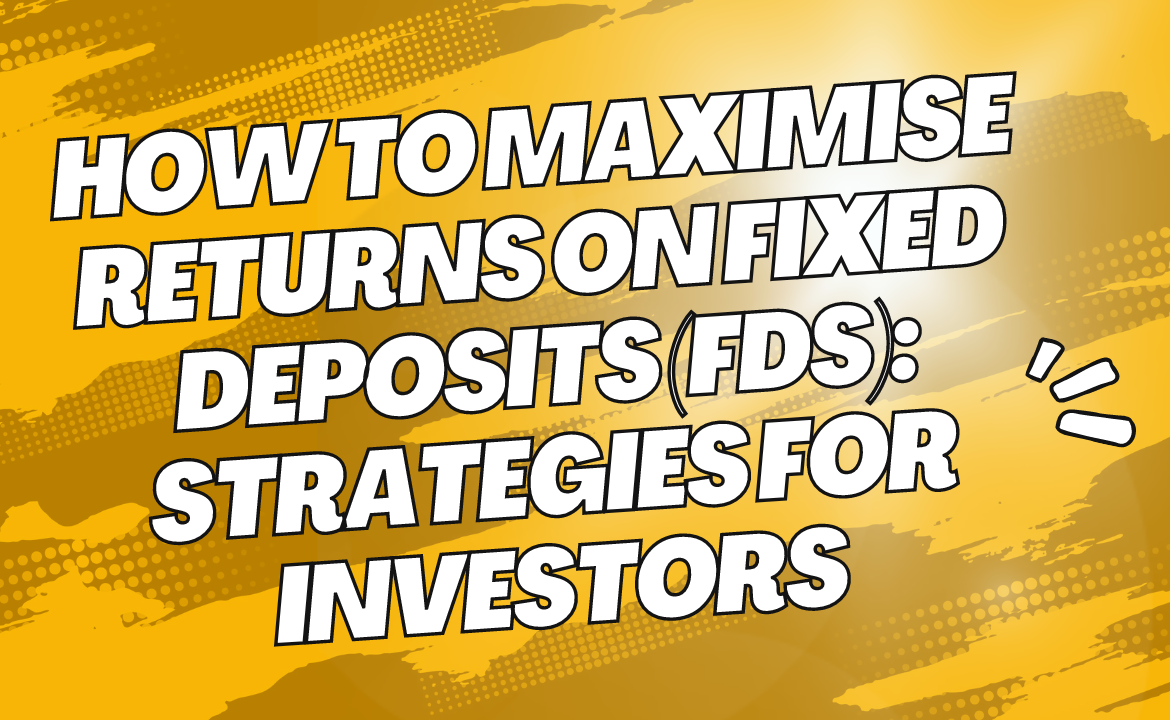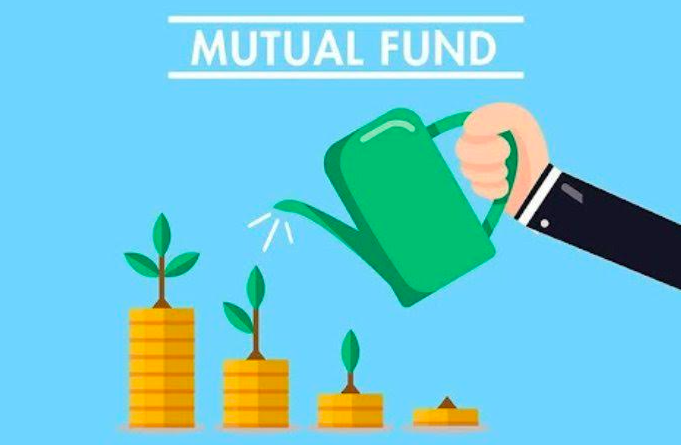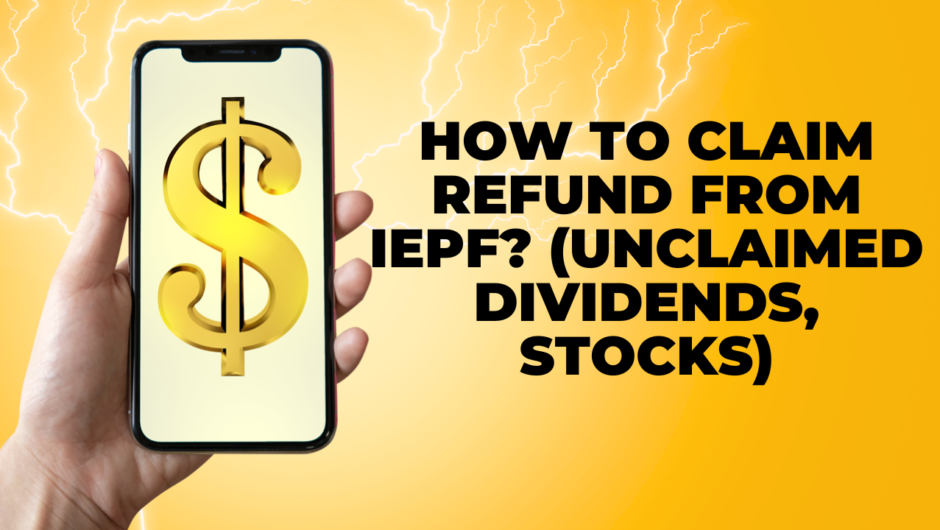Fixed deposits (FDs) are popular investment options in India due to their guaranteed returns and low risk. However, to maximize returns, investors must adopt smart strategies. In this article, we’ll discuss five strategies that investors can use to maximize returns on their fixed deposits.
Look for Higher Interest Rates
One of the key strategies to maximize returns on fixed deposits is to look for higher interest rates. Interest rates offered by banks vary, and investors should compare rates offered by different banks to identify the one offering the highest rate. Additionally, investors can also opt for FDs from non-banking financial companies (NBFCs) as they often offer higher interest rates than banks. However, while selecting a bank or NBFC, investors should ensure that they have a good credit rating and a stable financial position to minimize the risk of default.
Opt for Longer Tenures
Another strategy to maximize returns on fixed deposits is to opt for longer tenures. Generally, longer tenures offer higher interest rates as banks and NBFCs prefer to lock in funds for a longer duration. However, before opting for a longer tenure, investors should ensure that the tenure fits their financial goals. If the funds are required in the near future, choosing a longer tenure can result in premature withdrawal penalties, which can reduce overall returns. On the other hand, if an investor has surplus funds that they do not need in the short term, a longer tenure can provide a higher rate of return. It’s essential to carefully evaluate financial goals and determine the tenure that aligns with them to maximize returns on fixed deposits.
Invest in Cumulative FDs
Investing in cumulative FDs is another strategy to maximize returns on fixed deposits. In cumulative FDs, the interest earned is reinvested along with the principal amount, and the investor receives the total amount at the end of the tenure. This is in contrast to non-cumulative FDs, where the interest earned is paid out periodically, and the principal amount remains unchanged.
The benefit of investing in cumulative FDs is that the interest earned is reinvested, leading to a higher rate of return at the end of the tenure. This is particularly useful for investors who do not need regular interest payouts and can afford to have their funds locked in for a longer duration. It’s important to note that the interest earned on cumulative FDs is taxable, and investors should take that into consideration when making their investment decisions.
Consider Tax-Saving FDs
Investing in tax-saving FDs is another strategy to maximize returns on fixed deposits while also enjoying tax benefits. Tax-saving FDs are fixed deposits with a minimum lock-in period of five years that offer tax benefits under Section 80C of the Income Tax Act.
Investors can invest up to Rs. 1.5 lakhs in tax-saving FDs, and the amount invested is eligible for tax deductions. The interest earned on tax-saving FDs is taxable, but the principal amount invested is eligible for tax deductions, reducing the investor’s tax liability.
By investing in tax-saving FDs, investors can maximize their returns while also reducing their tax liability. However, investors should note that tax-saving FDs come with a lock-in period of five years, and premature withdrawals are not allowed. Therefore, investors should ensure that they have sufficient liquidity to meet their financial goals before investing in tax-saving FDs.
Don’t Break Your FDs Prematurely
Breaking FDs prematurely can lead to a loss of interest and, in some cases, even a penalty. Therefore, investors should avoid breaking their FDs prematurely and opt for other strategies to meet their financial goals.
However, if investors need to break their FDs prematurely due to an emergency, they should be aware of the penalty and the loss of interest. Generally, banks charge a penalty of 0.5% to 1% for premature withdrawals, and the investor may also lose interest for the duration the FD remained invested.
Therefore, before investing in FDs, investors should ensure that they have sufficient liquidity to meet their financial goals and avoid the need to break their FDs prematurely. In case of emergencies, investors should weigh the costs of breaking their FDs against the benefits of accessing the funds and make an informed decision.
Also Read:
- WHAT ARE THE 5 BEST INVESTMENTS IN INDIA?
- HOW CAN I PLAN MY FINANCIAL FUTURE IN INDIA?
- What is Bitcoin SV? BSV Price prediction 2025 to 2030
- Employee evident fund (EPF): Everything you need to know.

Hello, I am Tanisha Kriplani, graduated in computer science from Delhi University. I am passionate about web content writing and have a strong interest in Data Analytics and Data Engineering.












